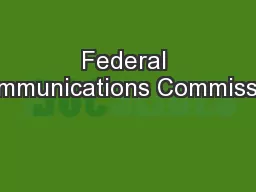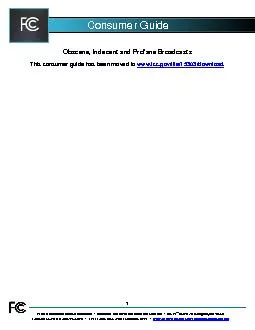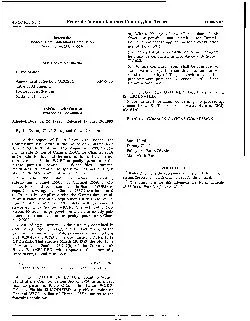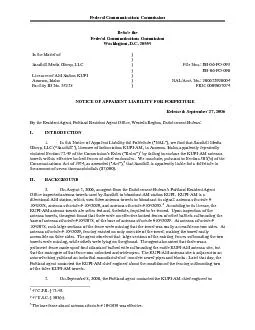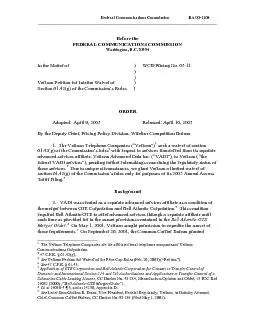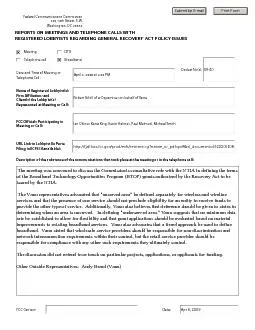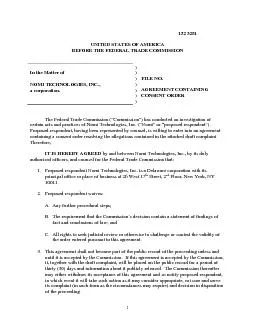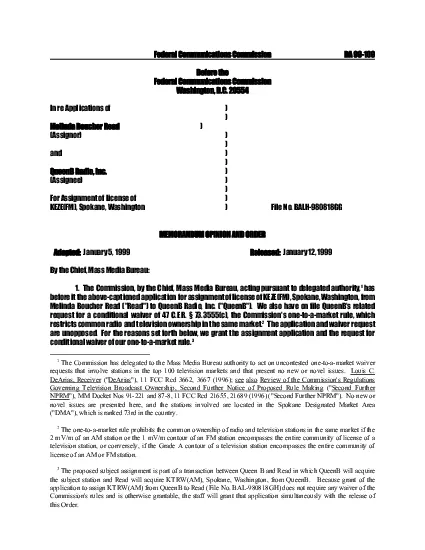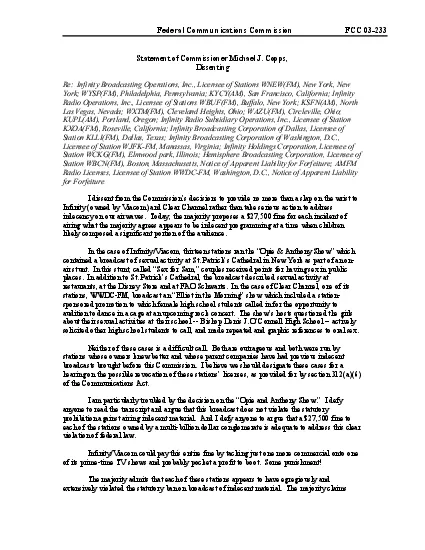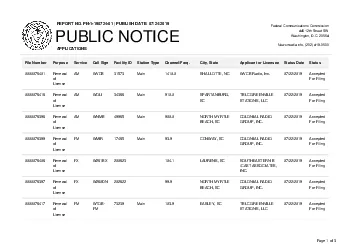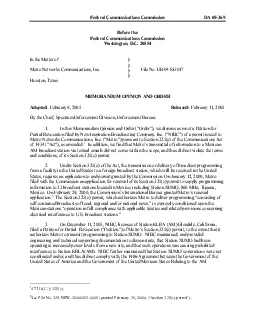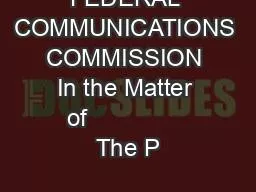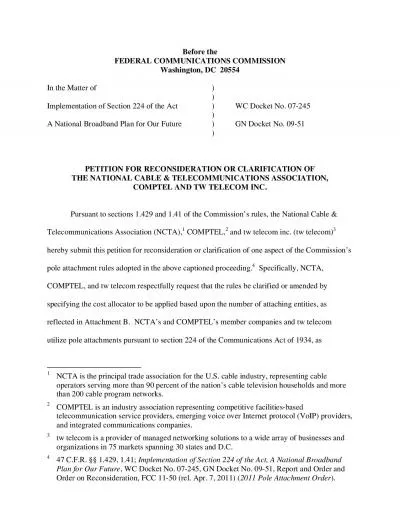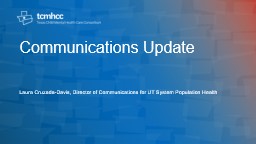PPT-Federal Communications Commission
Author : myesha-ticknor | Published Date : 2018-11-03
Task Force on Optimal PSAP Architectur e Working Group 2 Optimal Approach to NG911 Implementation Status Report September 23 2016 Introduction David Holl ENP
Presentation Embed Code
Download Presentation
Download Presentation The PPT/PDF document "Federal Communications Commission" is the property of its rightful owner. Permission is granted to download and print the materials on this website for personal, non-commercial use only, and to display it on your personal computer provided you do not modify the materials and that you retain all copyright notices contained in the materials. By downloading content from our website, you accept the terms of this agreement.
Federal Communications Commission: Transcript
Download Rules Of Document
"Federal Communications Commission"The content belongs to its owner. You may download and print it for personal use, without modification, and keep all copyright notices. By downloading, you agree to these terms.
Related Documents

